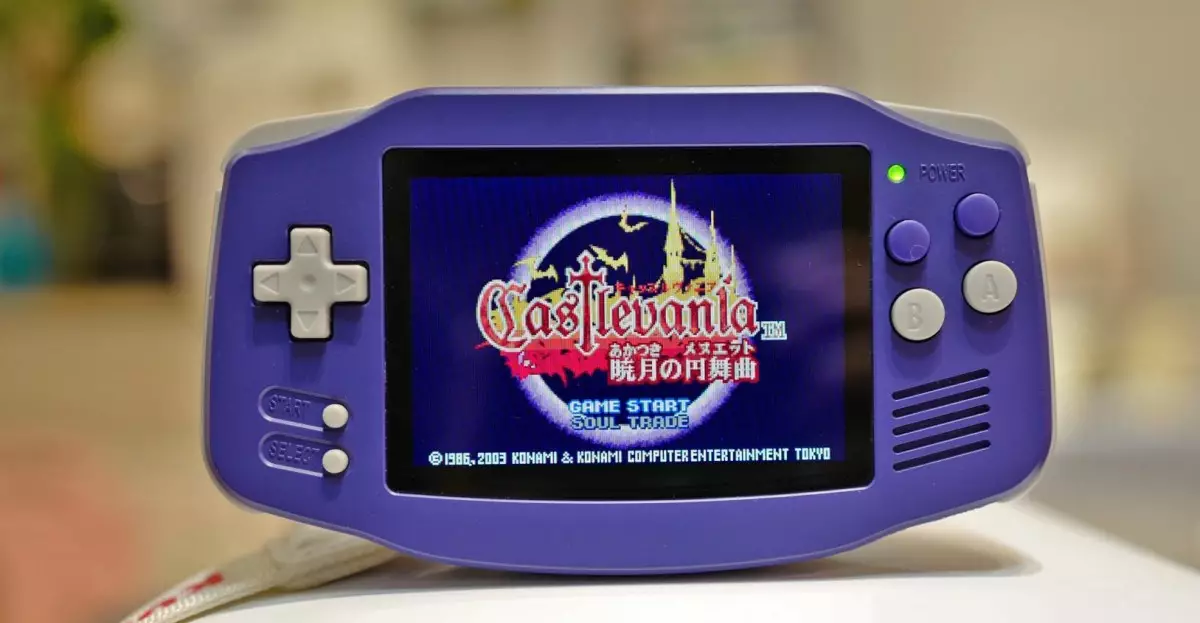In the realm of gaming nostalgia, few products evoke memories quite like handheld consoles reminiscent of the Nintendo Game Boy. Companies such as Anbernic have filled the need for affordable alternatives that deliver the experience of classic gaming without the exorbitant price tag. However, a dark cloud is casting a shadow over Anbernic’s future. With the threat of substantial tariffs on Chinese imports looming over the United States, the once-thriving market for these nostalgic devices is now teetering on the brink of uncertainty.
Sean Hollister, a senior editor at The Verge, delves into the implications of these tariffs, estimated to reach a staggering 245%. This audacious move by former President Trump poses not just a logistical challenge, but a significant financial burden that could leave American consumers facing much steeper prices. Anbernic has already begun to feel the impacts, announcing an indefinite suspension of shipments from China. This proactive measure reflects the company’s acute awareness that the tariff landscape could drastically reshape their business model.
Adapting to a Harsh Business Environment
Anbernic’s approach to shipping has typically included a blend of direct shipments from China and localized fulfillment through a U.S. warehouse. This dual strategy minimizes shipping times and enhances customer satisfaction—a crucial aspect in maintaining a loyal consumer base. However, with tariffs threatening to bleed into their pricing structure, Anbernic is now pivoting entirely toward the U.S. warehouse strategy. Their advisory for customers to prioritize domestic shipping is a stark indication of how severed their ties to Chinese manufacturing may soon become.
Yet, this move raises an essential question: will the U.S.-based operations sufficiently absorb the increase in costs? Historically, Anbernic’s competitive edge lies in affordability, with devices priced averagely at $70. The price that customers are willing to pay is likely to change, especially if significant markups become unavoidable. The apprehension that permeates the gaming community speaks to a broader fear that American buyers could be deprived of the low-cost options they’ve come to cherish.
Market Dynamics: The Bitter End of an Era?
Anbernic’s robust growth has not been purely due to luck; it stems from an understanding of market demographics. Retro gaming has seen a resurgence, and many enthusiasts are eager to relive their childhood memories. Anbernic’s products appeal to this emotional connection, offering a plethora of titles that cover a range of gaming platforms. Yet, the imposition of tariffs and the rumored removal of the de minimis exemption on low-cost Chinese goods could signal the end of this growth. The grim reality is that a market that thrives on affordability faces an existential crisis, jeopardizing its future in the U.S.
As Anbernic grapples with these tumultuous winds of change, the implications spread wider. Other niche manufacturers like RetroTINK are echoing similar sentiments, pausing shipments and operations as they assess the evolving tariff landscape. The competitive pricing that defined this flourishing sector is effectively at risk, provoking concerns about the sustainability of such businesses in a post-tariff economy.
Affecting the Gamer’s Core
For gamers, the stakes are palpable. The looming threat of skyrocketing prices could not only reduce access to cherished gaming experiences but also remove a significant value proposition from the table. In the past, budget-conscious enthusiasts have turned to Anbernic for their diverse range of products that mimic the feel of classic gaming. With the departure of these options, the market could shift towards higher-priced alternatives, significantly narrowing the field of retro gaming.
Moreover, critics argue that placing heavy tariffs on affordable gaming devices seems counterintuitive, especially during a time when the accessibility of technology is more essential than ever. Exorbitant price increases could disillusion a generation of gamers, pushing them away from a market that promised nostalgic joy. As prices rise, the connection between gaming and community could become more fragmented, leading to an environment where only the affluent can participate fully in retro gaming culture.
The popular pastime that once thrived on accessibility now stands on shaky ground, as economic policies threaten to reshape the starting line for both consumers and innovators. Anbernic, along with its counterparts, are caught in a precarious balancing act, navigating their path in tumultuous economic waters while hoping to uphold the cherished experiences they’ve come to symbolize.

